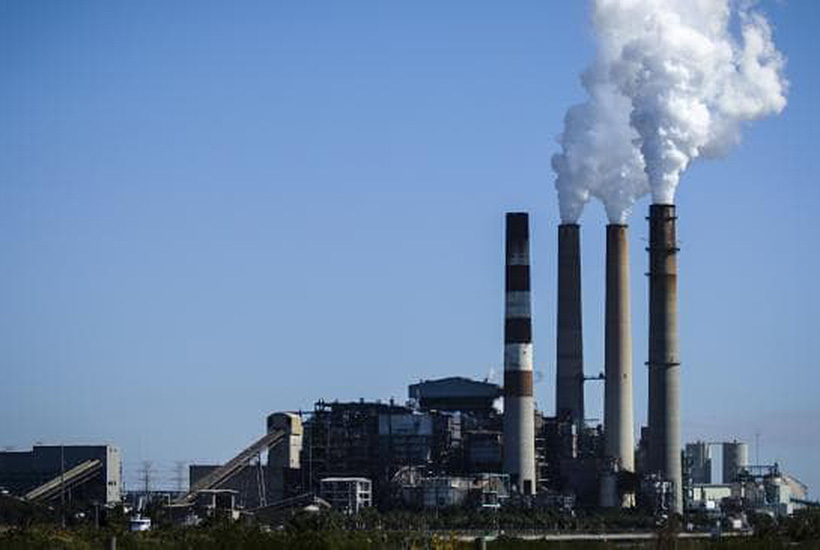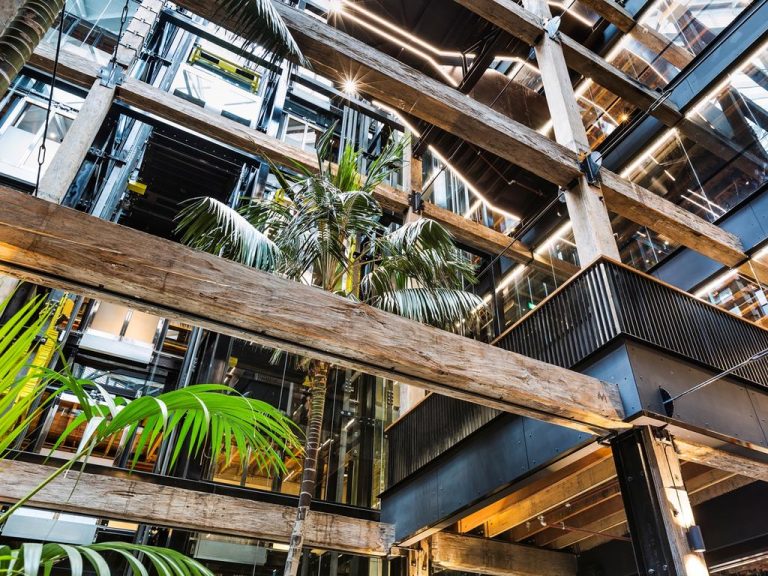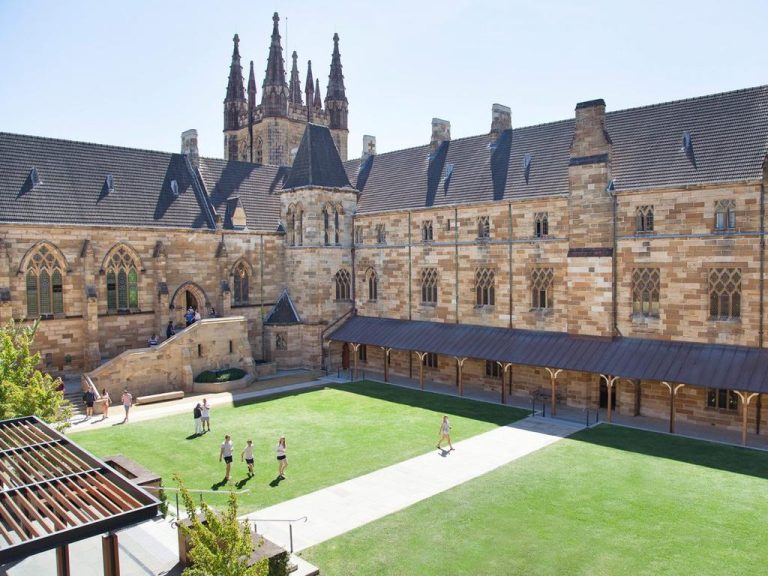Manufacturing the key to industrial strength: report

The health of the manufacturing sector remains a key factor for industrial real estate despite the rapid growth of online retailing, according to JLL Research.
Although transport, logistics and retail sectors accounted for 60 per cent of the take-up of industrial floor space last year, the traditional stalwart, manufacturing, still held a major influence, with food production on the rise.
JLL says the share of take-up of industrial floorspace recorded across the transport, postal and warehousing sector in Australia has averaged 33% over the past five years. Manufacturing accounted for 25% over the past five years.
Commercial Insights: Subscribe to receive the latest news and updates
JLL director industrial research Sass J-Baleh says the manufacturing sector is larger and more diverse than assumed.
“The decline in the textile industry in Australia over the past 20 years is a large factor contributing to an overall declining headline figure for the total manufacturing industry output,” J-Baleh says.
But she argues that select sub-industry sectors have grown. Food product manufacturing has has the strongest employment growth over the past three years.
“The resilience of the sector is mainly owing to the relatively inelastic demand for food products, where consumers still require food in an economic downturn,” Ms J-Baleh says.
JLL’s head of capital markets, industrial and logistics, Tony Iuliano, says major manufacturing facilities that serve the food industry are relatively resilient.
“There has been significant capital investment into cold storage, which is a growing sector that ultimately services the population,” Iuliano says.
This article originally appeared on www.theaustralian.com.au/property.







